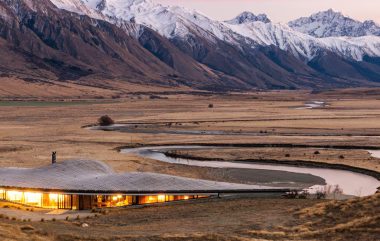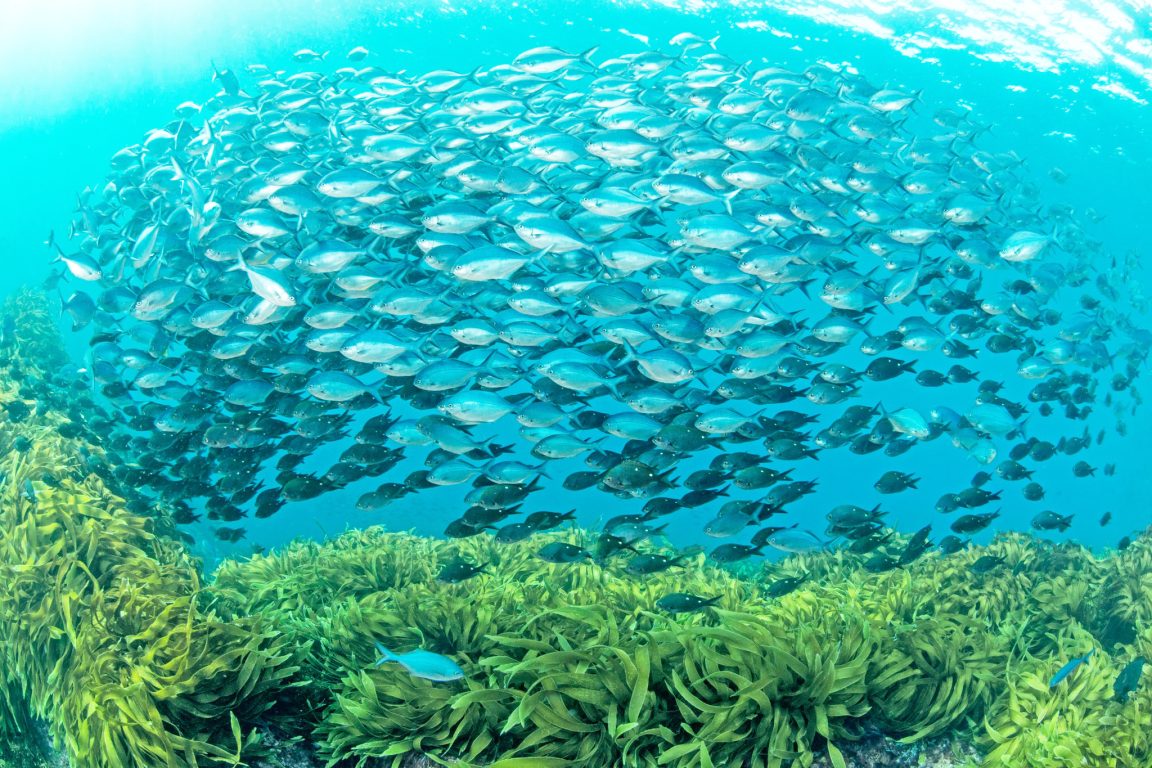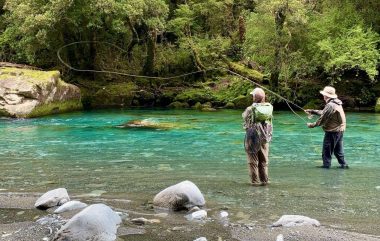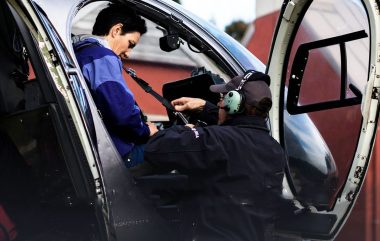
Signature Experiences at The Lindis
Signature Experiences at the Lindis – Onsite The Ahuriri Valley (pr...
Read more
The Poor Knights are undoubtedly the jewel in the crown of New Zealand diving. A marine reserve since 1981 this subtropical reef system presents a stunning diversity of reef fish, pelagics, sponges, anemones, nudibranchs and seaweeds – so good that Jacques Cousteau rated the Poor Knights as one of the top 10 dive sites in the world. And more recently it was voted the best sub-tropical diving in the World by Diver magazine (UK).
The eroded remains of a group of volcanoes that erupted around 11 million years ago, the steep cliffs that fringe the islands plummet 100 metres (328 feet) below sea level in places, before reaching a sandy sea floor. The diving here is superb, with very good visibility up to 30 metres (98 feet) – rich marine life and photographic opportunities. The islands are bathed by a warm subtropical current and fish include tropical species such as spotted black groper, mosaic moray and Lord Howe coral fish, which are rarely found elsewhere in New Zealand waters. Reef fish at the Poor Knights include pink and blue maomao and two-spot demoiselle, kingfish, koheru and trevally are common.
Beneath the waters you’ll also find the world’s largest sea cave, Rikoriko, reputed to have hidden a marauding Japanese submarine during World War II. Cruises often stop in this giant cavern to sample the amazing acoustics and watch the school of bright fish in the waters below.
The warm currents here originate in the Coral Sea (Australia), so the water temperature is higher and visibility greater than that of nearby coastal waters. Born from volcanic activity, tropical and sub-tropical life abounds in this unique underwater environment. Caves, tunnels and archways are all home to great schools of friendly colourful fish – great photography!
The Poor Knights can be dived all year round. The underwater visibility varies from between 15-30 metres (50-100 feet) throughout the year, although at times visibility exceeding 46 metres can be experienced, with the best visibility during the winter months of May to September. Water temperatures range from 19-25°C (25-77 °F) during the summer months to 14-17°C (57-62 °F) during winter. Most divers use a 7mm (slightly more than 1/4 inch) wetsuit year-round.
Non Divers: There is also plenty to see and do for the nondiver. Boats are often escorted to the dive sites by dolphins or migrating whales on their journey to and from Hawaii, making an excellent trip for sightseers, kayakers, and snorkelers. Kayaking from the dive boat, you can explore the caves, arches and clear water of the Poor Knights and snorkelling is an excellent way for non-divers to observe the unique marine life.

Signature Experiences at the Lindis – Onsite The Ahuriri Valley (pr...
Read more
New Zealand has a great reputation for recreational fly fishing. We have world-famous inland rive...
Read more
Porononui – Family Adventure Get the family together for an adventu...
Read moreInspiring travel itineraries and expert advice delivered to your inbox.
START PLANNING



